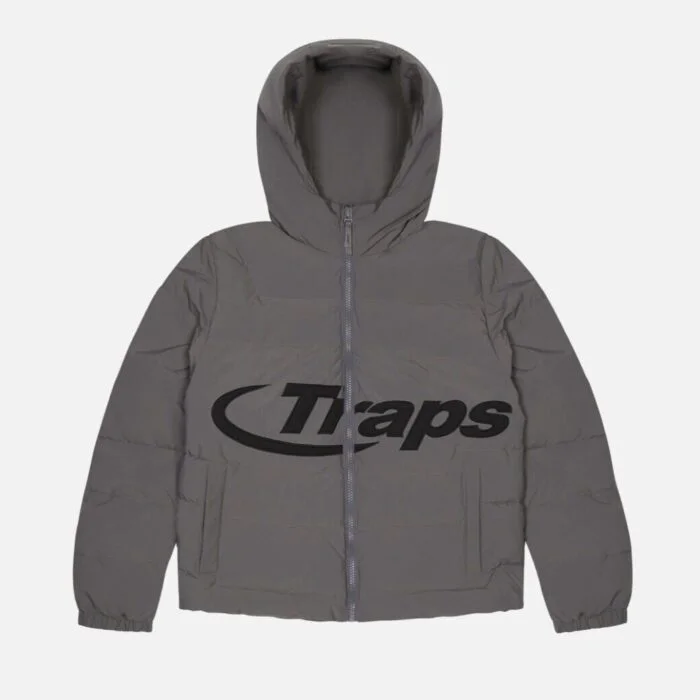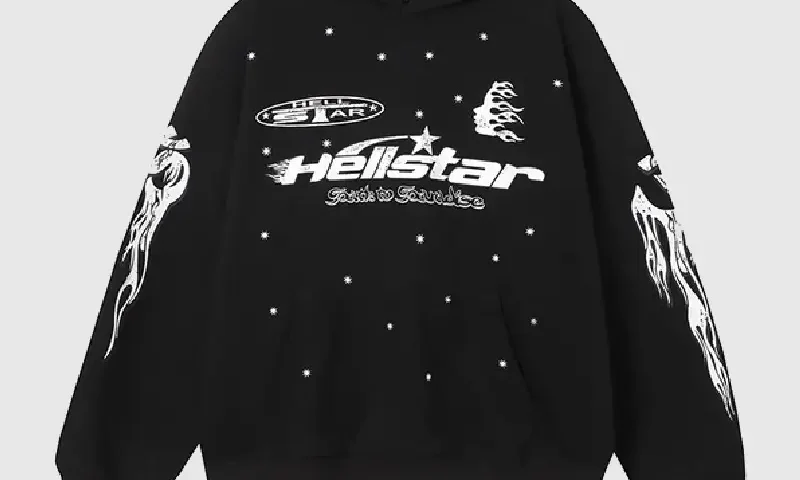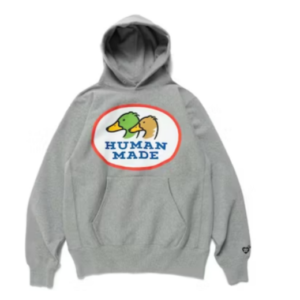Introduction
The world of streetwear is a dynamic and ever-evolving landscape, where trends shift rapidly and new brands emerge with distinctive styles and messages. One such brand that has made a significant impact in the fashion industry is Trapstar. Known for its edgy designs and bold statements, Trapstar has become a symbol of urban culture and street style. This article delves into the essence of Trapstar, exploring its origins, evolution, and the factors that contribute to its lasting appeal.
Trapstar: The Birth of a Movement
Trapstar originated in the bustling streets of London, a city renowned for its diverse and vibrant culture. Founded in 2005 by Mikey Trapstar, Lee, and Will, the brand started as a clandestine project, creating exclusive pieces that were sold through word of mouth and at secretive pop-up locations. The founders’ vision was to craft clothing that transcended traditional fashion boundaries, merging music, art, and street culture into a unified expression of identity and rebellion.
Iconic Designs and Symbolism
One of the defining aspects of Trapstar is its unique and often provocative designs. The brand frequently incorporates bold graphics, cryptic messages, and iconic symbols into its apparel. The signature “Trapstar” logo, often accompanied by the phrase “It’s a Secret,” encapsulates the brand’s mystique and allure. This enigmatic approach has resonated with a global audience, particularly within the realms of music and sports.
Collaborations and Cultural Impact
Trapstar’s rise to prominence can be attributed, in part, to its strategic collaborations with high-profile artists and brands. Notable partnerships with Puma and Roc Nation have helped propel Trapstar into the mainstream fashion consciousness. Additionally, celebrities such as Rihanna, Jay-Z, and Cara Delevingne have been spotted wearing Trapstar, further cementing its status as a cultural phenomenon.
Trapstar Clothing Collections
Trapstar’s apparel lines are known for their adaptability and meticulousness. Each item prioritizes excellence and originality. The brand’s collections often feature limited-edition releases, adding an element of exclusivity and desirability among its fanbase.
Streetwear and Subculture
Trapstar’s influence extends beyond fashion, deeply intertwining with various subcultures, including hip-hop, grime, and skateboarding. The brand’s ability to authentically represent these communities has contributed to its enduring popularity. By capturing the essence of urban life and infusing it into their designs, Trapstar has created a loyal following that spans across different demographics and geographic locations.
The Role of Social Media and Marketing
In today’s digital age, social media plays a crucial role in shaping a brand’s identity and reach. Trapstar has adeptly utilized platforms like Instagram and Twitter to engage with its audience, share behind-the-scenes content, and announce new releases. This direct line of communication with fans has fostered a strong sense of community and brand loyalty.
Sustainability and Ethical Practices
As the fashion industry faces increasing scrutiny over its environmental impact, Trapstar has taken steps to address these concerns. The brand has committed to sustainable practices, including the use of eco-friendly materials and ethical manufacturing processes. This commitment not only enhances Trapstar’s reputation but also aligns with the values of its socially conscious consumer base.
The Intersection of Fashion and Music
The success of Trapstar is strongly connected to the music industry, resulting in a mutually beneficial relationship that has elevated the brand’s standing and expanded its influence. Music and fashion have always shared a close connection, with artists often serving as trendsetters and cultural icons. Trapstar has capitalized on this dynamic by aligning itself with influential musicians and integrating music into its brand identity.
Influence of Hip-Hop an$d Grime
Hip-hop and grime, two genres that have long been associated with bold self-expression and rebellion, perfectly complement Trapstar’s ethos. The brand’s founders have deep roots in these music scenes, and their designs often reflect the gritty, unapologetic spirit of these genres. By collaborating with artists and featuring them in marketing campaigns, Trapstar has tapped into a passionate fanbase that views the brand as an authentic representation of their lifestyle.
Notable Music Collaborations
Trapstar’s collaborations with musicians have been a key driver of its popularity. Partnering with artists like A$AP Rocky and Meek Mill, Trapstar has created limited-edition collections that blend fashion with musical influence. These collaborations not only generate buzz but also develop a sense of exclusivity, as fans eagerly await the release of these highly coveted items.
Impact on Fashion Shows and Events
Trapstar’s presence at major fashion shows and events has further solidified its status in the industry. By showcasing their collections on prestigious runways and participating in high-profile events, the brand has reached a wider audience and garnered critical acclaim. These platforms provide Trapstar with the opportunity to highlight its innovative designs and connect with fashion enthusiasts from around the world.
Global Expansion and Market Reach
As Trapstar continues to grow, the brand has made significant strides in expanding its global footprint. What started as a local phenomenon in London has now become an internationally recognized name. Strategic partnerships, savvy marketing, and a keen understanding of global fashion trends have fueled this expansion.
The Future of Trapstar
Looking ahead, Trapstar shows no signs of slowing down. The brand is ready to stay ahead in streetwear fashion by expanding its product range and reaching out to a global audience. The founders’ dedication to innovation and authenticity ensures that Trapstar will continue to resonate with future fashion enthusiasts.
Conclusion
Trapstar has firmly established itself as a leading force in the world of streetwear, with its unique blend of fashion, music, and urban culture. From its humble beginnings in London to its global recognition, the brand’s journey is a testament to the power of authenticity and creativity. As Trapstar continues to evolve, it remains a beacon of inspiration for those who dare to challenge the status quo and express their individuality through fashion.
FAQs about Trapstar
What is the origin of Trapstar?
Trapstar, a brand originating from London, was founded in 2005 by Mikey Trapstar, Lee, and Will. It started as an underground project with exclusive pieces sold through secretive pop-ups.
Who are some celebrities associated with Trapstar?
Rihanna, Jay-Z, and Cara Delevingne have worn Trapstar, significantly contributing to its growing popularity and cultural relevance.
What sets Trapstar apart from other streetwear brands?
The bold graphics, cryptic messages, and enigmatic “It’s a Secret” tagline define Trapstar. Its collaborations with high-profile artists and brands also distinguish it from competitors.
How does Trapstar engage with its audience?
Trapstar engages with fans on Instagram and Twitter, sharing exclusive content and announcing new releases to build a strong community connection.
Is Trapstar committed to sustainability?
Yes, Trapstar has adopted sustainable practices, including eco-friendly materials and ethical manufacturing processes, to address environmental concerns.
What are Trapstar’s future plans?
Trapstar plans to expand its product range and global reach while continuing to innovate and resonate with future fashion enthusiasts.





